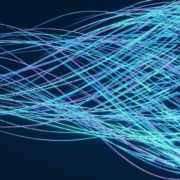Career Development Opportunities Can Help Boost Employee Engagement
By Nicole Martin
Engagement is a popular topic among business leaders right now, which is no surprise as the term is strongly tied to talent attraction and retention, productivity, creativity, and innovation. As a fractional HR professional specializing in talent management, clients often turn to me to assist them with their engagement strategy. While fostering workplace autonomy, better communication, and recognition all help to boost engagement, I advise them that one of the most important actions they can take is investing in employee growth and development.
I have all too often witnessed workers becoming frustrated when employers don’t provide or support a path toward advancement. They feel if the company doesn’t care enough to invest in them, why should they invest themselves in benefitting the company. These feelings are quite damaging to the organization, as they can lead to a negative culture, quiet quitting, and turnover – all impacting the bottom line.
Guild’s American Worker Survey revealed that workers are leaving their jobs because of lack of support in career advancement. They found that 41 percent of those who quit between April 2021 to April 2022 did so because of lack of development and advancement opportunities, and 74% said they would be “very likely” or “somewhat likely” to leave their current employer if they were offered another job with additional education and career opportunities.
Other numbers further underscore the imperative that employers focus on bolstering learning and development benefits. According to MetLife’s 2023 U.S. Employee Benefit Trends study, 35% of employees rate learning and development among the top three elements of the employee experience, with only 58% of employees saying they are satisfied with the professional growth and training opportunities offered by their employers.
The Support You Provide Employees in Advancing their Skills and Careers Matters
The statistics above indicate that focusing on career development is vital to the success and growth of your business. So how can you demonstrate to employees that you care about their professional success?
- Show interest in their career goals – listen to their aspirations and develop a strategy that helps to achieve them by defining a personalized career development path
- Offer a wide range of training, learning, and upskilling opportunities – provide the ability to help improve existing skill sets, train in other areas, pursue degrees or licenses, stay up to date on the latest industry trends, and reskill (which AI has made inevitable)
- Think beyond hard skills – soft skills are so important to improve the ability to work as part of a team, so expand your L&D offerings to include them
- Foster a mentoring environment – the advice gleaned from mentors that can be applied towards advancement is invaluable
The return on investment and competitive advantage businesses can gain from career growth opportunities is huge. If you would like assistance with your learning and development initiatives, schedule a free consultation.
















